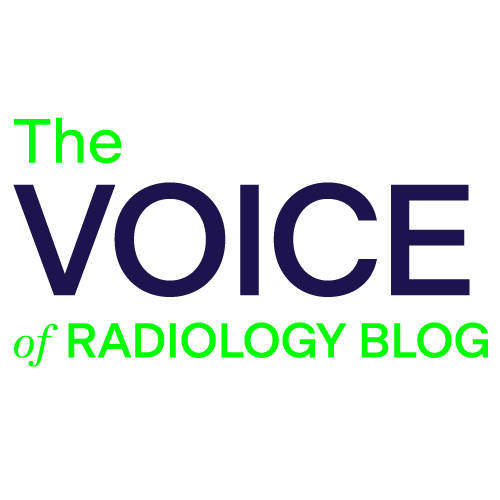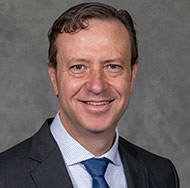David B. Larson, MD, MBA, Chair of the American College of Radiology® (ACR®) Commission on Quality and Safety, member of the ACR Board of Chancellors, and Professor and Vice Chair of Education and Clinical Operations in the Department of Radiology at the Stanford University School of Medicine, contributed this piece.
Radiologists and other healthcare professionals continually strive to provide great quality care for patients. But achieving consistent excellent outcomes in a complex clinical environment is challenging, requiring the coordination of skilled teams, work processes, equipment, data, electronic systems and many other elements—a daunting task for those who have never led an improvement project.
Frontline staff and leaders at local institutions are best equipped to solve real-world problems that matter to patients, but they need support. Teams from multiple institutions can coordinate their efforts as “improvement collaboratives,” simultaneously working on the same problem at their local sites, sharing performance metrics, developing solutions and sharing strategies that produce lasting change.
The ACR has received a generous grant from the Gordon and Betty Moore Foundation to develop the ACR Learning Network. I’m privileged to lead the Network, which consists of four initial Improvement Collaboratives, each led by a radiologist expert who will supervise local improvement teams at multiple sites:
- The Lung Cancer Screening Improvement Collaborative, led by Neville Irani, MD, aims to improve lung cancer screening rates.
- The Mammography Positioning Improvement Collaborative, led by Sarah Pittman, MD, aims to establish and maintain consistent, excellent mammographic positioning.
- The Prostate MR Image Quality Improvement Collaborative, led by Andrei Purysko, MD, aims to enable the simultaneous development of effective image quality measures for prostate MRI and to improve prostate MR image quality.
- The Recommendations Follow-Up Improvement Collaborative, led by Ben Wandtke, MD, aims to identify optimal methods to improve follow-up compliance and promote the proliferation of safety net tracking systems that function more effectively and efficiently than current programs.
Each Improvement Collaborative is supported by a structured program for training in improvement methods, adapted from a five-month program I’ve led at Stanford for the past seven years, in which we have supported more than 200 large improvement projects with more than 1,500 graduates from across the medical center.
Leading this program has taught me that when dedicated individuals are given the tools and support, they will be successful in making meaningful change, even on the most difficult topics. Each of the areas listed above are challenges that have significant impact on patient outcomes. We look forward to tackling these difficult topics together. I am confident that, as mutually supportive teams, we will move the needle for the benefit of our patients.
We‘d love to hear from you. If you are interested in getting involved or learning more, please visit acr.org or email ACRLearningNetwork@acr.org.
Please share your thoughts in the comments section below, and join the discussion on Engage (login required).


